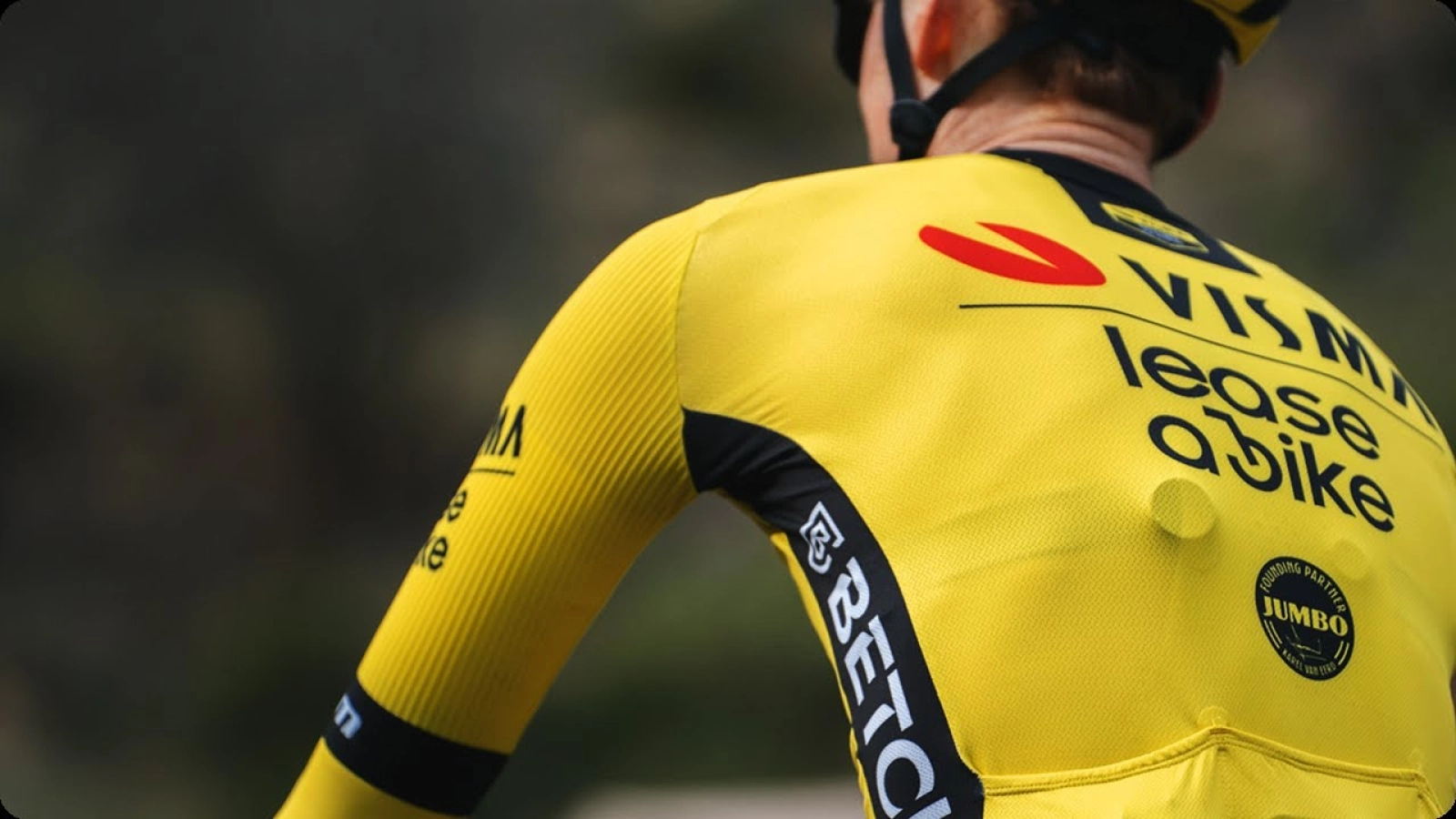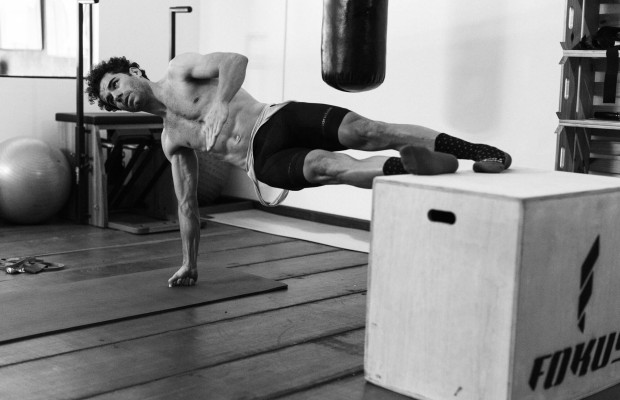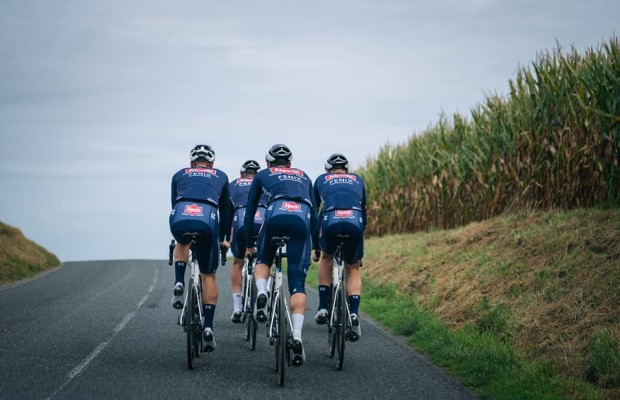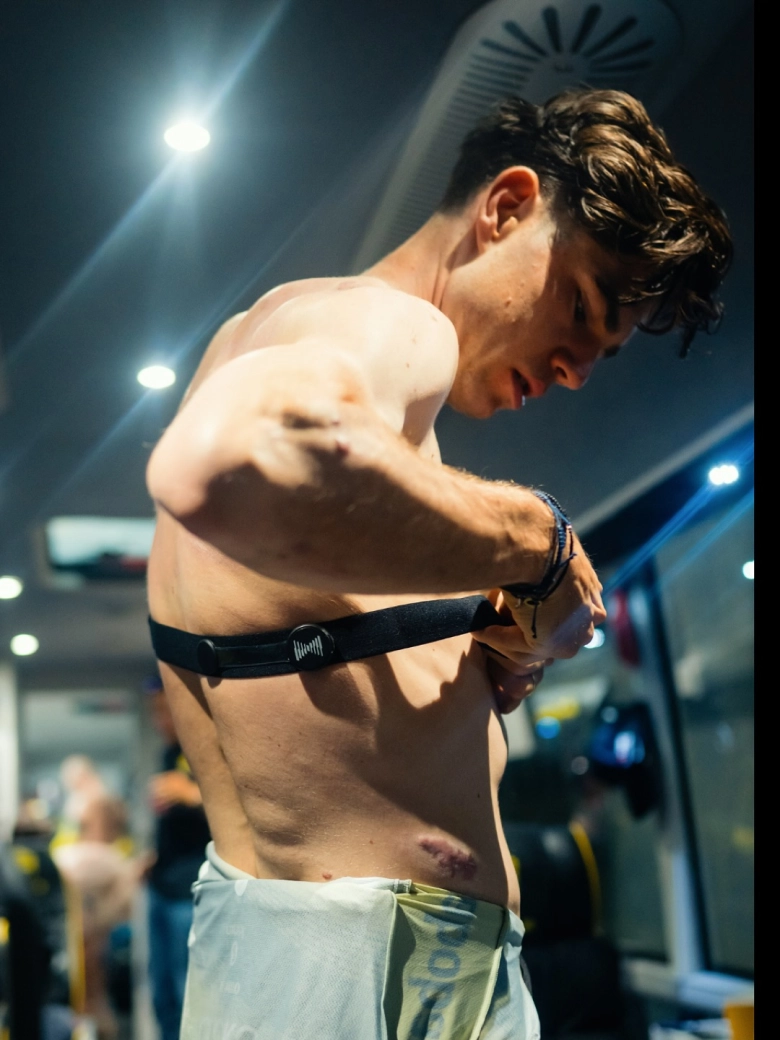The breathing sensor could retire the heart rate monitor
It is becoming more and more common in cycling to see, under the cyclists' jersey, the breathing sensor developed by Tymewear in collaboration with the Visma-Lease a Bike team, a new source of physiological data for coaches that can change certain approaches they apply to their training plans and allow them to better understand how the body responds to efforts.

The Tymewear breathing sensor turns every workout into an effort test
Measuring how breathing behaves at different intensity levels during activity has been an essential piece of data since the 1970s when the foundations of sports training were laid to quantify the demand and impact that a certain effort had on the body.
Terms like VO2max, VT1, or VT2 are still perfectly valid today to determine the athlete's capacity as well as the type of substrate their muscles are using at a certain intensity, which, broadly speaking, determines how long a certain intensity can be sustained.
RECOMENDADO

What would you do if you won the lottery? This cyclist bought himself a €20,000 bike

The best exercise routine to do at home

Benefits of training in the cold

The cyclist's patience: how long, gentle training sessions build your best season

Tips for cycling in the rain

25 cycling gifts ideas to get it right

Broadly speaking, as the effort intensity increases, the demand for oxygen by the muscles also increases, so the respiratory rate must increase to provide more oxygen. Correlating this increase in the Volume of Oxygen inspired per minute with the heart rate, which also has to increase to be able to carry all this extra oxygen from the lungs to the muscles, respiratory thresholds VT1 and VT2 are obtained, marking the points where the muscles change their metabolism, from using almost exclusively fats, to beginning to require an increasing amount of glycogen until finally functioning almost exclusively anaerobically, with its limit being the famous VO2max, which marks the maximum volume of oxygen the body can consume per minute.
However, the major problem in using breathing data in daily life is that, for its measurement, a mask with sensors capable of determining the volume of inspired oxygen and the volume of CO2 expelled in each breath is required. This meant that, in practice, this parameter could only be measured during an exertion test in the laboratory.

That's precisely where Tymewear comes in to devise an indirect way of obtaining this same information, creating its breathing sensor, which is like a heart rate monitor strap that is attached around the cyclist's chest so that it can determine the breathing frequency by measuring the elongation and contraction of the strap with each breath. Additionally, taking into account how much the strap expands or contracts, a calculation of the volume of oxygen and CO2 can be made, according to the brand's sources, with 95% accuracy compared to the data obtained with a mask.
Thanks to the Tymewear sensor, this information can be available in every workout and competition, providing coaches with tremendous insight into their cyclists' capabilities. In any case, we are talking about complementary information that serves to understand the body's response to effort and know at which points in the training special emphasis should be placed.

Obviously, the data on the intensity applied at each moment remains the initial starting point, and this information is provided by the irreplaceable power meter. It also doesn't seem like the breathing sensor will replace the heart rate monitor, in fact, the Tymewear strap also includes heart rate measurement, a data point necessary to relate it to the breathing and ultimately determine respiratory thresholds as if it were an exertion test.
A new little toy for coaches that will undoubtedly advance the science of training and sports physiology, allowing for more precise and efficient training prescriptions, ultimately resulting in cyclists performing better. An aspect that is rarely taken into account when we see the records being broken in races and that, sadly, with the history of cycling, always end up being attributed to the use of substances rather than the contributions of science to sports performance.